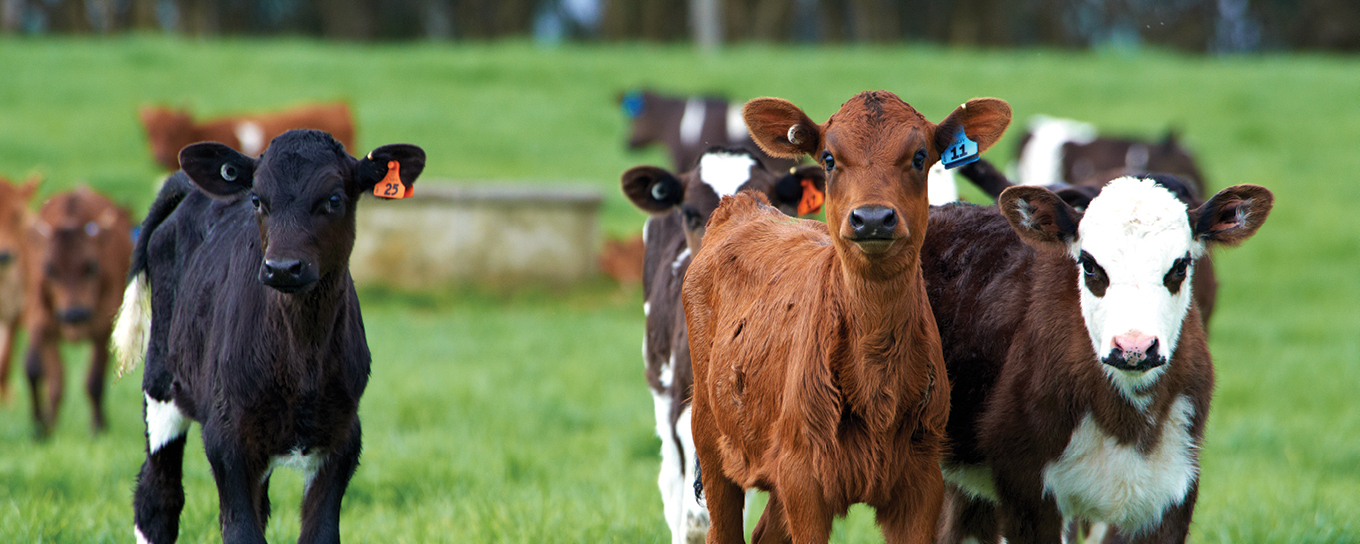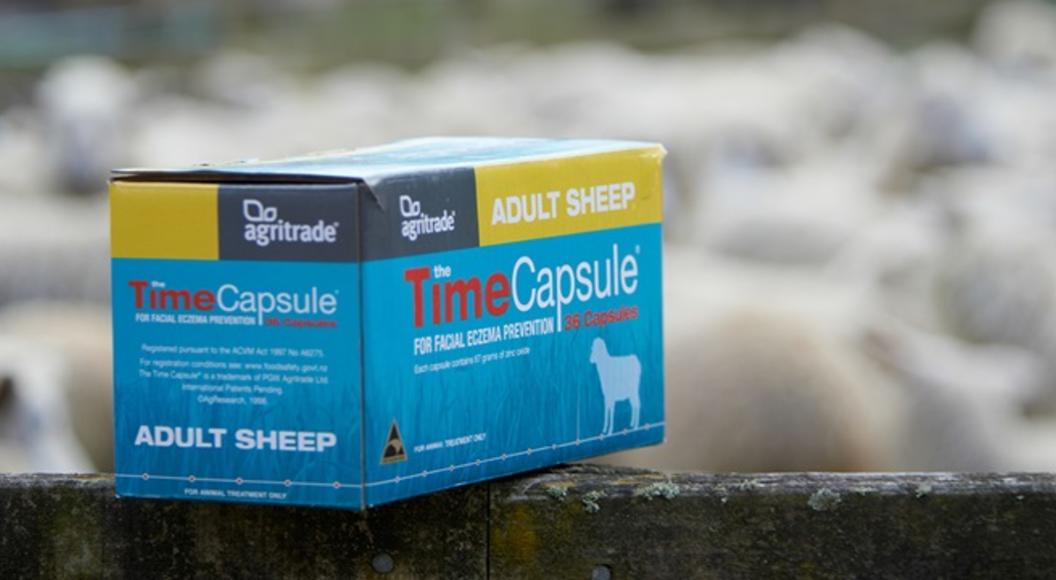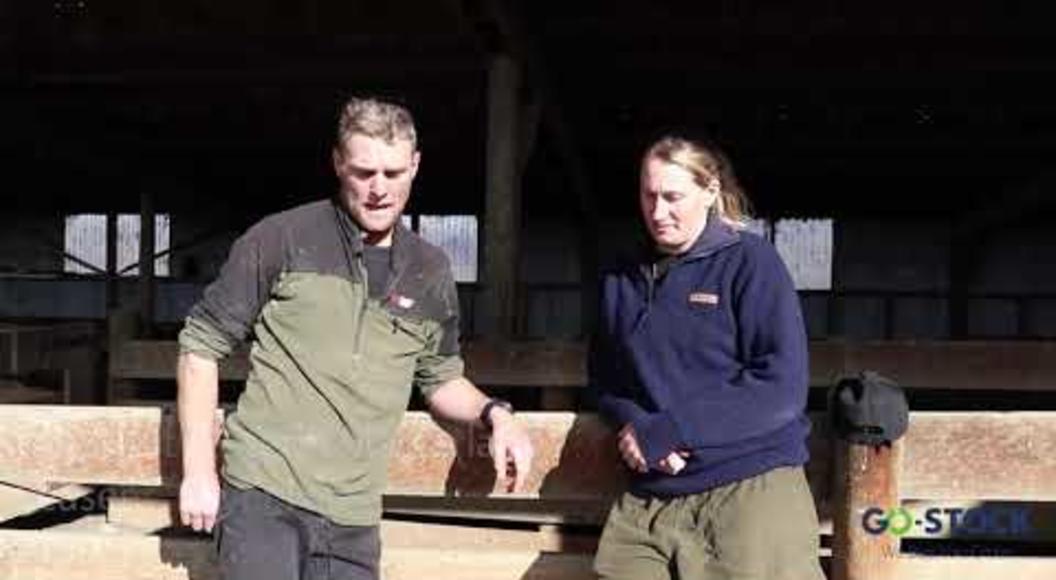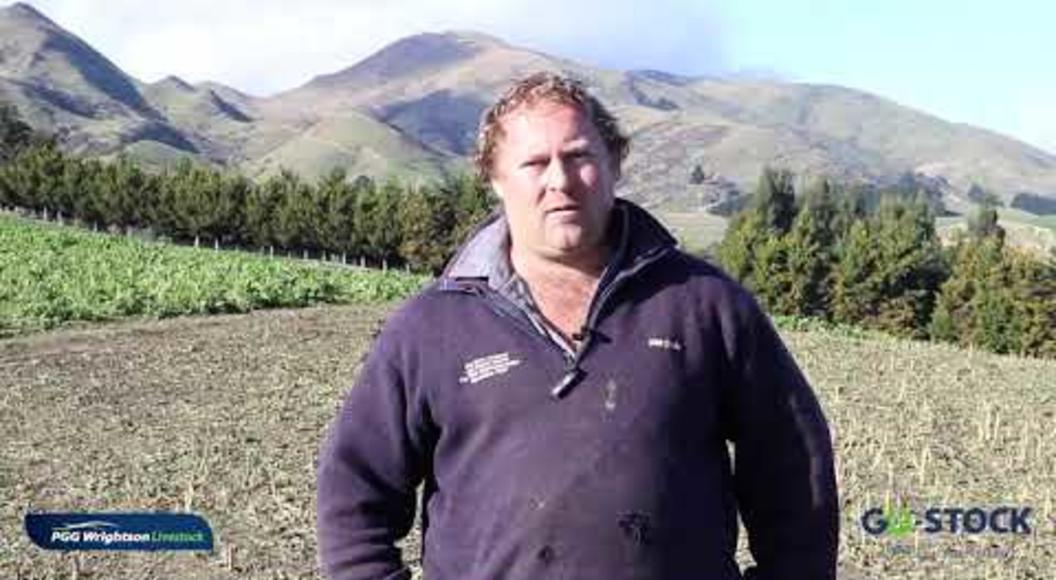
Drench management for reared calves
Weaning is a period of stress for calves, with scouring common during this time. But it is not always due to worms.
To minimise the transition shock of weaning, a progressive process is recommended where milk intake is reduced and meal intake is increased over a period of up to six weeks. This allows the rumen and intestines to adjust to the new feed source, reducing incidence of coccidiosis and nutritional scours which are the most common cause of scours.Calf meals containing coccidiostats are important and once intake declines below 1 kg per calf per day, they become effective at managing the protozoan parasite. Affected calves often have a tail coated with dark faeces which contain digested blood and mucous.
When symptoms become serious, veterinary advice including a faecal sample diagnosisis required with specific treatment initiated. Internal worms don’t become a significant issue in calves until grass is the greatest part of their diet for at least a month. Infective larvae are ingested which causes depressed feed intake and subsequent poor liveweight gain. The need fordrenching generally occurs when calves are approximately 100 kg.The take home message is that calves that are kept in sheds and fed primarily milk, pellets and hay do not need drenching for worms when released from the shed as they haven’t taken in any infective larvae.
The following considerations are crucial for drench use:
- Ensure all equipment is clean and delivering the correct dose of drench using a measuring cylinder.
- Abamectin is toxic in calves less than 100 kg.
- The safest drench option for the first drench is a BZ/levamisole oral combination, for example VETMED Combomax.
- Don’t drench while the calves are feeding, or mix drench with milk as this can result in toxicity, death or ineffective drenching.
- Drench calves at 28 day intervals through the summer and autumn using a triple combination oral product, for example VETMED Triplemax.
- Do a 10 day post drench check once during the summer to determine if the drench is working effectively.
- Due to the size of animals in the autumn, changing to either an injectable or pour on product may be considered. Whatever product used, it must contain levamisole to control Cooperia worms.
Drenching is only part of the parasite control programme. Where possible the following points are equally important to consider:
- Avoid running high stocking rates of calves on the same paddocks year after year. This results in high infective larvae burdens.
- Nutrition of the calf is paramount to ensure effective immune function. This includes optimal weaning transition feeding, trace element supplementation and preventative vaccinations.
- Incorporate grazing of adult cattle or other species, for example sheep to reduce pasture contamination.
- Stick to regular 28 day drench programme with effective triple combination oral drenches, for example VETMED Triplemax to prevent contamination of pasture.
To put an effective parasite programme in place, talk to your local PGG Wrightson Technical Field Representative.
FOR MORE INFORMATION ON WEANED CALF HEALTH REQUIREMENTS, CLICK HERE.


